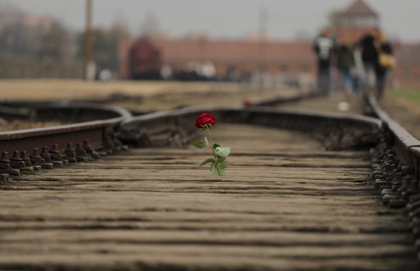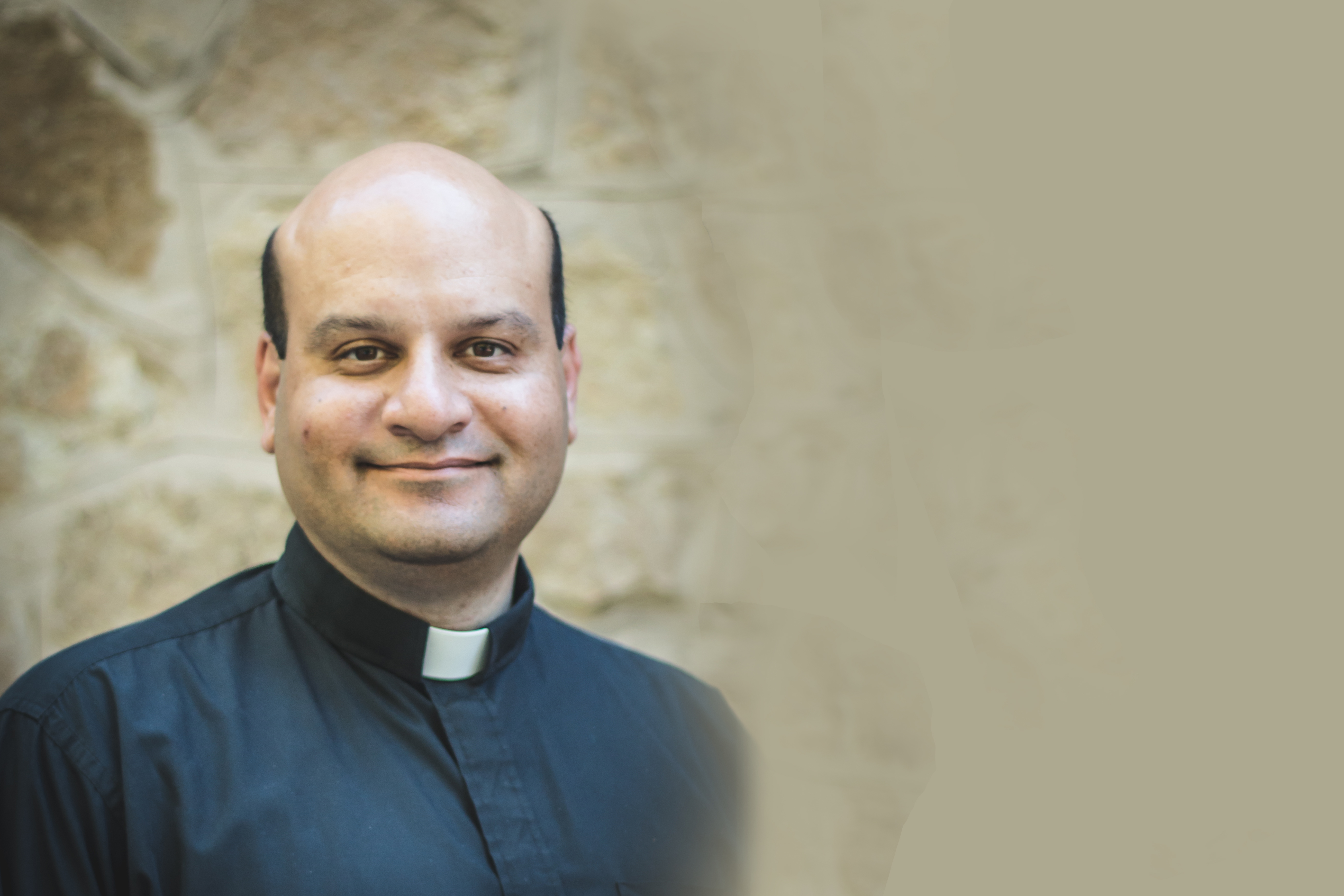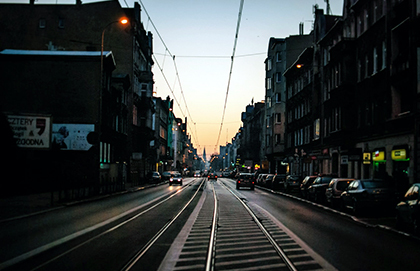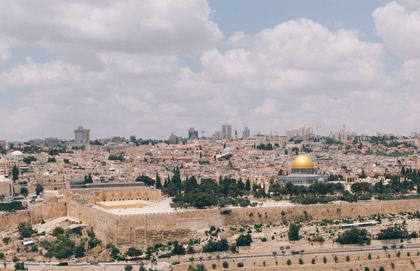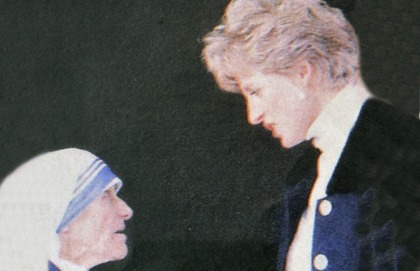KRAKÓW, Poland – I visit Krakow every summer to teach in a seminar for students from North America, Poland and Eastern Europe. Part of the itinerary is a visit to Auschwitz, the heart of the depravity of the twentieth century. This year’s visit follows a year in which the way we speak about Auschwitz and other such death camps has been a burning issue in Poland and abroad.
Earlier this year, Poland’s governing Law and Justice Party made it illegal to accuse the Polish nation of complicity in the Holocaust, and to use the term “Polish death camps.” The law, aside from violating free speech, was a foolish and clumsy attempt to legislate how the Holocaust should be remembered. Late in June, facing an international firestorm from friends and allies, the Polish parliament stripped out the criminal penalties from the law, rendering it purely symbolic.
How the Holocaust and the Second World War should be remembered in Poland is a matter of great sensitivity. One sixth of all Poles – 6 million out of 30 million – were killed in the Second World War. Half of those were ethnic Poles, and half Polish Jews; Poland had Europe’s largest Jewish community. Poles often feel that the attention given to the three million Jewish Poles who were murdered in the Holocaust overshadows the equivalent number of ethnic Poles.
But especially galling to them is any use of the term “Polish death camps.” President Barack Obama used the term in 2012, and it elicited a blistering denunciation from the then Polish prime minister. Poland never had a collaborationist government during the Second World War; the Nazis built death camps in territory that they occupied.
The Holocaust law was a mistaken attempt to make the historical record more clear. Instead, it gave the impression that Poland was trying to control how the Holocaust was remembered in order to defend the role of Polish citizens. One hopes that in time the entire law will be set aside.
Keeping all that in mind, a visit to Auschwitz is to see how memories shape nations and nations shape memories. The main buildings at Auschwitz tell the story of the camp itself, how it began as a concentration camp for Polish resisters to the Nazi occupation; the most famous of which was Saint Maximilian Kolbe, the Franciscan priest who was killed in August 1941. It then became a place for Russian prisoners of war, after Germany invaded Russia. It was on Russian prisoners that the Nazis first carried out mass killings with poison gas. Later, Auschwitz and its neighbouring camp at Birkenau became a place of mass killing for Jews.
But there is a secondary row of buildings at Auschwitz that tell the story of Auschwitz from the perspective of different countries. These national exhibitions reflect how Auschwitz is remembered in various ways with different emphases.


